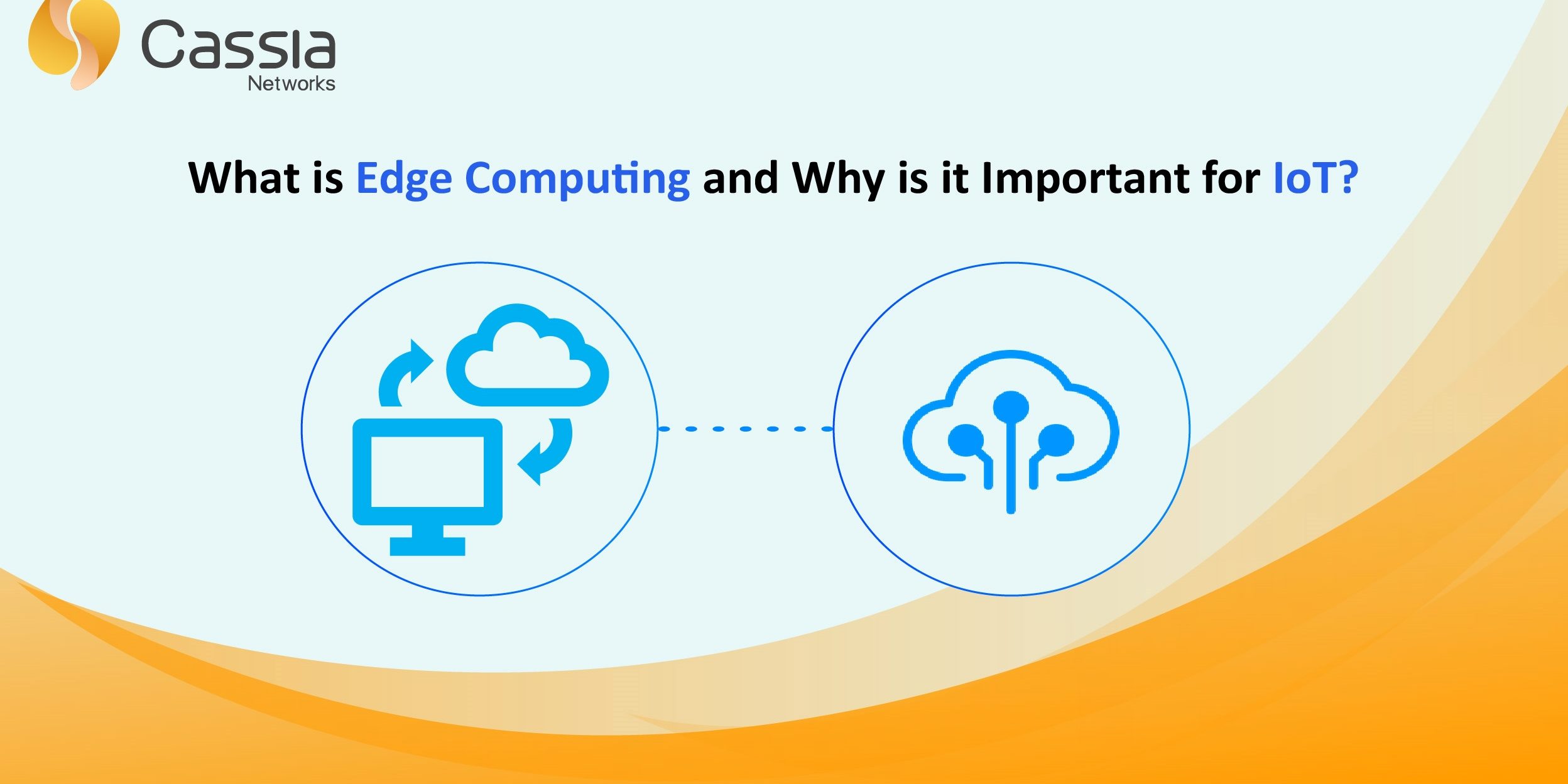Just a few years ago, an estimated 10% of enterprise data was processed at the edge, outside of cloud-based data centers. By 2025, this number will jump to 75%. A recent report from IDC predicts that “every connected person in the world will have at least one digital data interaction every 18 seconds-likely from one of the billions of IoT devices, which are expected to generate over 90ZB of data in 2025.” The growth of IoT along with new applications that demand real-time computing power will continue to drive the growth of edge-computing systems. This blog will discuss the importance of edge computing and edge gateways, some use cases as well as the benefits.
What is Edge Computing?
Edge computing can mean different things to different people, but one common theme exists and that’s location. Edge computing is computing that takes place at or near the physical location of either an end-user or the data source. In short, by placing computing services closer to these locations, end-users benefit from faster, more reliable services. What’s more, edge computing helps companies act on insights closer to where IoT data is created.
Edge computing and edge gateways: Why do they matter?
Edge computing was developed due to the massive growth of IoT devices that connect to the internet to receive data from the cloud or send it back to the cloud. Imagine for a moment how much data is being generated from these IoT devices. As IoT adoption across various industries continues to increase, enterprise-level businesses need to maximize operational efficiency, reduce costs, improve performance and automate many of their core business processes. Edge computing makes all of this possible by reducing the latency associated with the cloud so that an application’s performance doesn’t suffer. What’s more, edge computing can ensure that the latest IoT developments are available to enterprises across every industry to allow for the digital transformation they need to improve their business processes.
Edge gateways are now being used as an architectural component to improve the performance of IoT networks. An edge gateway can process data from an edge device such as an IoT sensor and then send only the relevant data back through the cloud, reducing the bandwidth needs. Alternatively, an edge gateway can send data back to the edge device in the case of real-time application needs.
Use cases for edge computing
Many IoT enterprises that are using edge computing require data to be processed locally in real-time rather than transmit the data to a data center for processing which causes high levels of latency. Let’s take for example a factory floor equipped with thousands of pieces of equipment. IoT sensors are attached to these assets for condition monitoring and predictive maintenance applications. These sensors can generate nearly 2,200 terabytes of data a month It’s much quicker and less costly to process all of this data close to the equipment rather than transmit it to a remote data center. With edge computing, real-time data processing at the edge allows for more immediate insights from connected devices and systems. For instance, monitoring asset performance in real-time allows factory managers to predict equipment failure and proactively manage any disruption to avoid downtime.
Benefits of edge computing
For most companies, cost savings alone justify the reason to deploy edge computing. Oftentimes, companies that were using the cloud for many of their applications could have discovered that the high bandwidth costs were much higher than expected and are looking for less costly alternatives. This is where edge-computing becomes an ideal choice.
One of the biggest benefits of edge computing is the ability to process and store data much faster enabling much of the real-time applications that are critical for most IoT enterprises. What’s more, edge computing can automate workflows which improve operational efficiency.
Another major benefit of edge computing is an increase in energy efficiency. With edge, organizations can manage energy efficiency and reduce power consumption. Since more data is processed at the edge, less moves from the cloud which means that there’s a decrease in data latency and energy consumption.
The future of the edge is clear. Computers are sending more data and devices are getting smarter. Today’s enterprises and customers want to access their data quicker, reliably and securely. Edge computing satisfies these demands and is poised to grow in the coming years.








